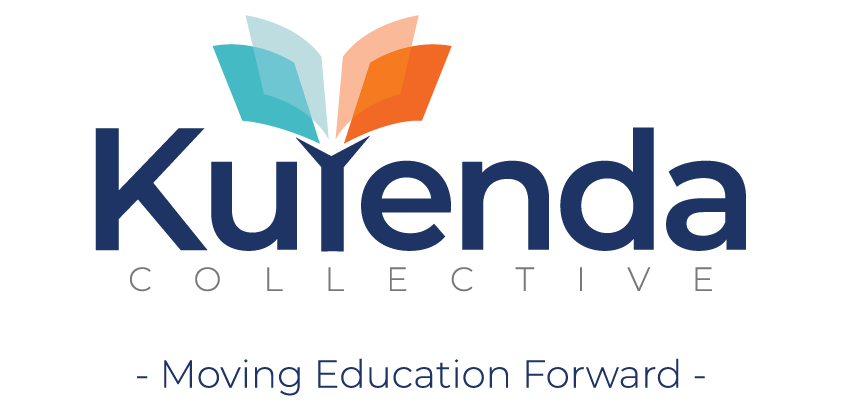The relevance of data in education financing

Investing in Education Management Information Systems (EMIS) is crucial to ensure that resources meant for education are well-directed. Education Management Information Systems are a set of interconnected tools and processes that allow education stakeholders to collect, manage, and analyze education data. With the help of EMIS, policymakers can better understand the education landscape in their countries, identify areas of great need as well as areas of improvement, and allocate resources to have greater impact for learners. EMIS can also help identify gaps in the education system, such as underperforming schools or students who are struggling. By investing in EMIS, education stakeholders can ensure that resources are used effectively and efficiently to create a more equitable and inclusive education system.
African countries are faced with the challenge of aligning their education and training policies and systems with the new education blueprints; African Union Agenda 2063, the Continental Education Strategy for Africa 2016-2025 (CESA 16-25), the Sustainable Developmental Goals (SDGs) and more so their own national socio-economic plans/strategies. A country’s Education Management Information System (EMIS) as an institutionalized framework with a primary role to collect, process, analyse, disseminate and manage educational data and information necessary for educational management functions, is critical to this process.
Mr Albert Nsengiyumva Executive Secretary, ADEA
(Zimbabwe EMIS peer review report, 2019)
Southern Africa has been making strides towards improved EMIS, for instance, in South Africa, the Department of Basic Education has developed the National Education Infrastructure Management System (NEIMS) which helps to manage school infrastructure data, identify infrastructure development needs, and track project implementation. In Tanzania, the Education Management Information System (TEMIS) was launched in 2005 to improve the quality of education and promote effective management of educational resources. These EMIS systems have been instrumental in improving education management and governance, monitoring performance, and ensuring equitable distribution of resources. There is still however need for African Governments who have adopted EMIS to further invest in ensuring the entire education system has access to and feeds into their EMIS in real time to improve accuracy of the information gathered.
In Zimbabwe, an Education Management Information System (EMIS) has been adopted and is used to collect, store, and manage data on education, including enrolment, teacher numbers, and educational facilities. However, when speaking to teachers and district officials in areas like, Mutoko, we learned that most rural schools do not have access to the digital tools or connectivity to participate in contributing data to the EMIS in realtime. Some district offices do not have digital devices or connectivity as well which results in information gaps, delayed information gathering and sometimes inaccurate data. Investment in the necessary infrastructure to ensure that rural schools and district education offices have the tools and access required to participate in the EMIS systems will be crucial if EMIS systems are to be relied on by policymakers for the purposes of decision making in education financing.
The Zimbabwe EMIS Peer Review Report, 2019 highlighted that when it comes to resource availability and utilisation;
- There were plans to enhance and expand the EMIS in the Education Sector Strategic Plan (ESSP 2016-2020); however;
- The EMIS budget within the Ministry of Primary and Secondary Education (MoPSE) was available through the planning directorate but was deemed to be inadequate.
- The other two Ministries concerned with the education sector did not have EMIS budgets
- There is high staff attrition among staff who possess the skills necessary to perform the EMIS function within the education system;
- There is no dedicated EMIS unit or dedicated EMIS Staff There is no dedicated EMIS equipment as ICT infrastructure in general is inadequate
The assessment above of Zimbabwe’s EMIS system is not peculiar to this one country, rather it gives a perspective on some of the systemic challenges found in the education ministries in the region. The result of this poor resourcing and inefficiencies in the EMIS system is that policymakers do not have adequate information to be able to make equitable decisions for all learners in the way they need to. Investment in EMIS is the only way that this dynamic can be changed.
Read more on the Zimbabwe EMIS Peer Review Report, 2019 here.

